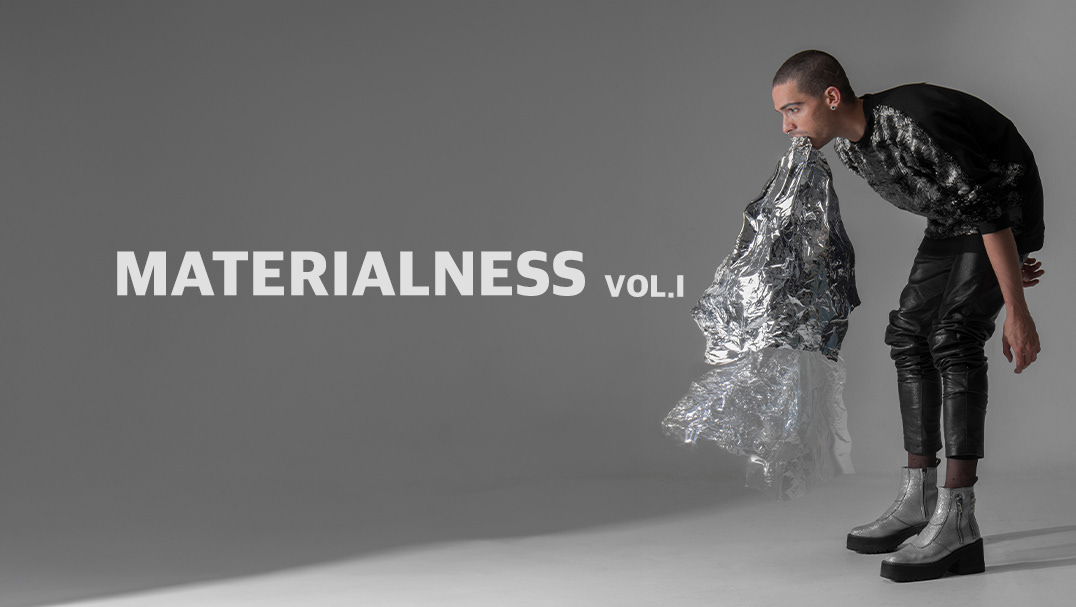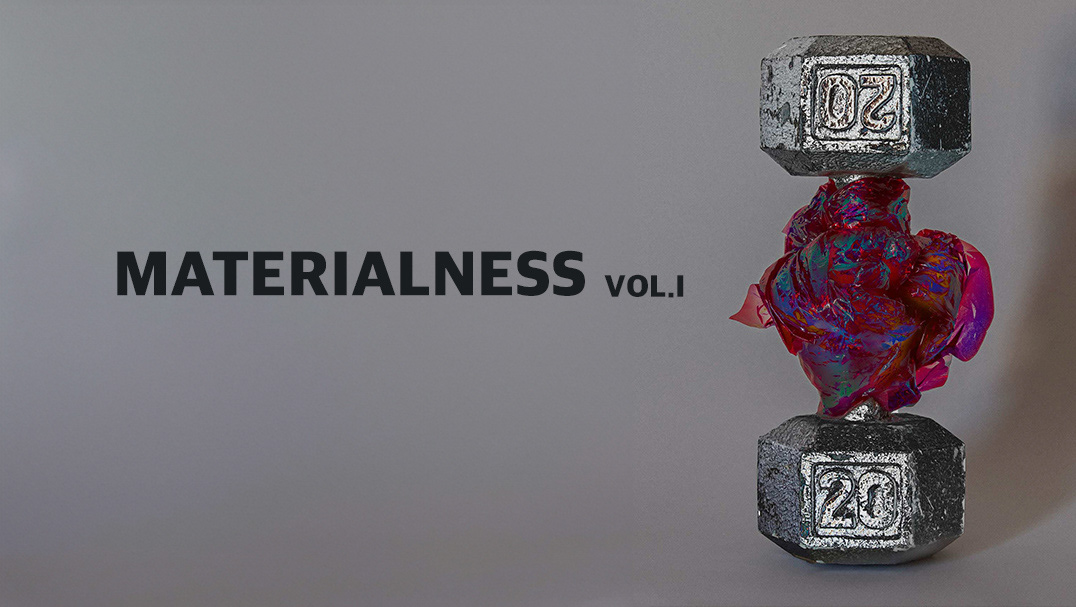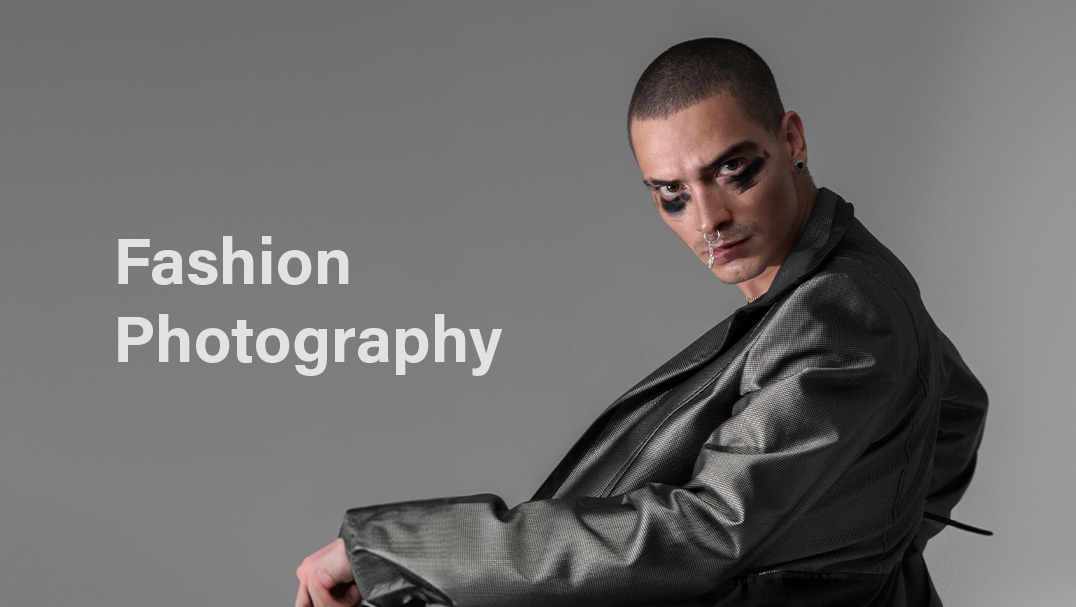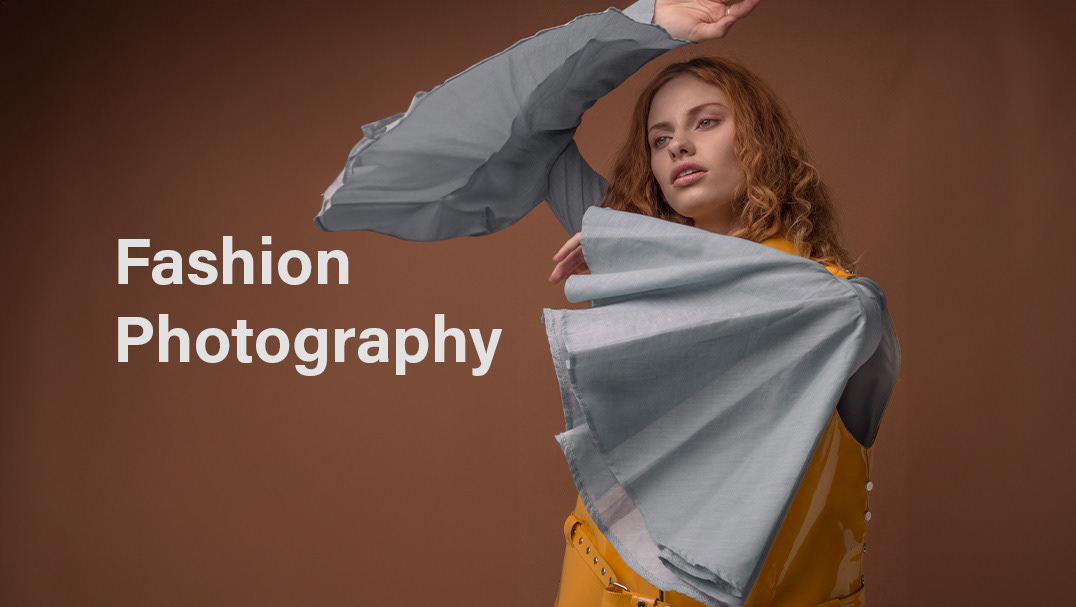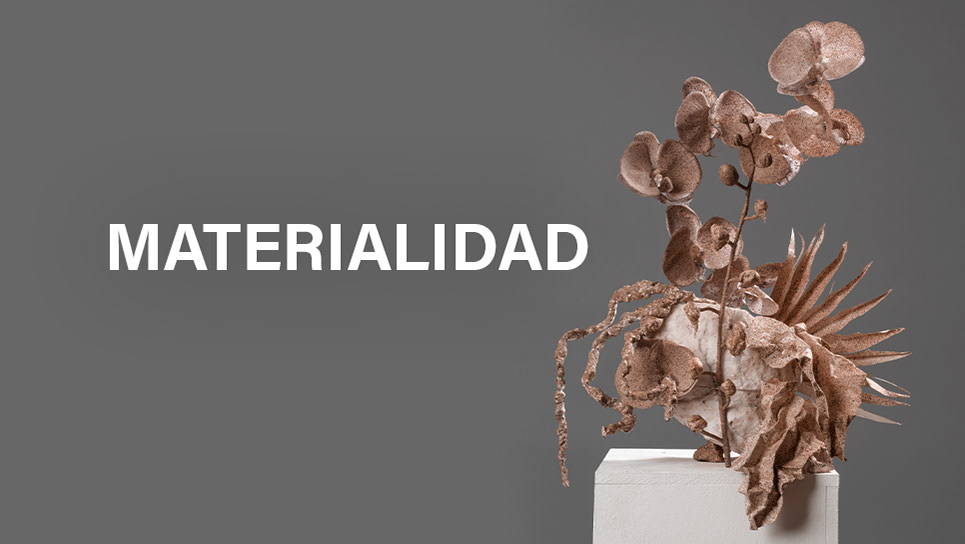Memory impacts how we perceive and feel. My process synthesizes various traces of memory into a new narrative that challenges the conventional. This narrative is guided by intuitions about emotions, memory, and materiality, creating a sensory encounter with the image. Many pieces stem from unconscious thoughts, lacking explicit meanings. These results subtly communicate to the audience through an invisible language. Although it may seem senseless at times, it's an ever-evolving aesthetic experience, born from image transfiguration and manual techniques. A human and poetic encounter.Family Album as a Memory Resource, of physical imprint (Light-Matter) that connects directly with my imagination. This is why, in my initial approach, I solely rely on my family album as a discursive resource. The fact of having grown up seeing and actively participating in the family album has become a part of my visual memory storage for the recollections I cherish.
Archival Drawing as a resource - I still preserve some strokes and drawings that I've created and that have been created for me. These also constitute a part of that spectrum of physical imprints. It's a translation of emotions into lines through ink, and I encompass a transfer from paper to digital through photography.
Strokes of Physical-Emotional Intervention - Now, taking the first two resources (family album, drawing), a third informational component becomes a part of the pieces. These are the strokes that stem from momentary emotions to transform the photograph, becoming a part of this new writing (transference from light to matter) in this case, emotional-material, like a mystical encounter between sensitivity and the digital materiality of the deconstructive process of the image (family album).
Image Reconstruction as a part of the process of generating a new visual narrative through the separation of elements from a casually composed photograph, leading to the re-structuring of this new image devoid of metaphors. More accurately, it would be described as a fusion of figurative blends and concepts of abstraction.
For this image production process, I utilized various photographs including self-portraits, family album images, surface textures, archive strokes, drawings, letters, mobile-taken photos, with some variations in the process, yet remaining faithful to the previously stated conceptual production statement. Many of the emotions I address are discomfort, nostalgia, love, anger. These emotions shift and change as I progress in the production. This reflection led me to explore new techniques such as layer duplication, overlaying, color dragging, wet brushes, among other methods.
The realization process unfolded as follows: first, I selected the images to intervene in. I took a couple of minutes to analyze each image mentally, trying to find connections in my memory with the moment of the photo and the emotions it evoked. Then, I proceeded to blend, scrape, duplicate, and transfigure the original image. Without a specific order, I marked, scratched, explored colors, and highlighted textures to attain a visual aesthetic. I closed cycles, both emotional and visual. In other words, when my aesthetic experience was satisfied.
The color palette shifted from cooler tones to warmer colors during production. In this process, I was much more emotional than in previous works, as using self-portraits and drawings I had created about myself transported me deeply into my memories, into my emotions, as if through a magical window of retrospection. At various moments, watching the image progress, I found myself asking, "What am I trying to tell myself?"
Imprint: Every image is physically an imprint, the outcome of a transfer or an exchange, a different modulation of stored information, of "memory."
Synthesis: It's a condition of the brain that combines seemingly unrelated feelings in different ways.
Deconstruction:It doesn't seek meanings, but rather traces of ideas; it's capable of conceiving a sense of construction by itself, so that when deconstructing, we're not undoing a process, but instead, constructing a new one.
Transfiguration: It's the transformed result of something and implies a change of form in a way that reveals its true nature.
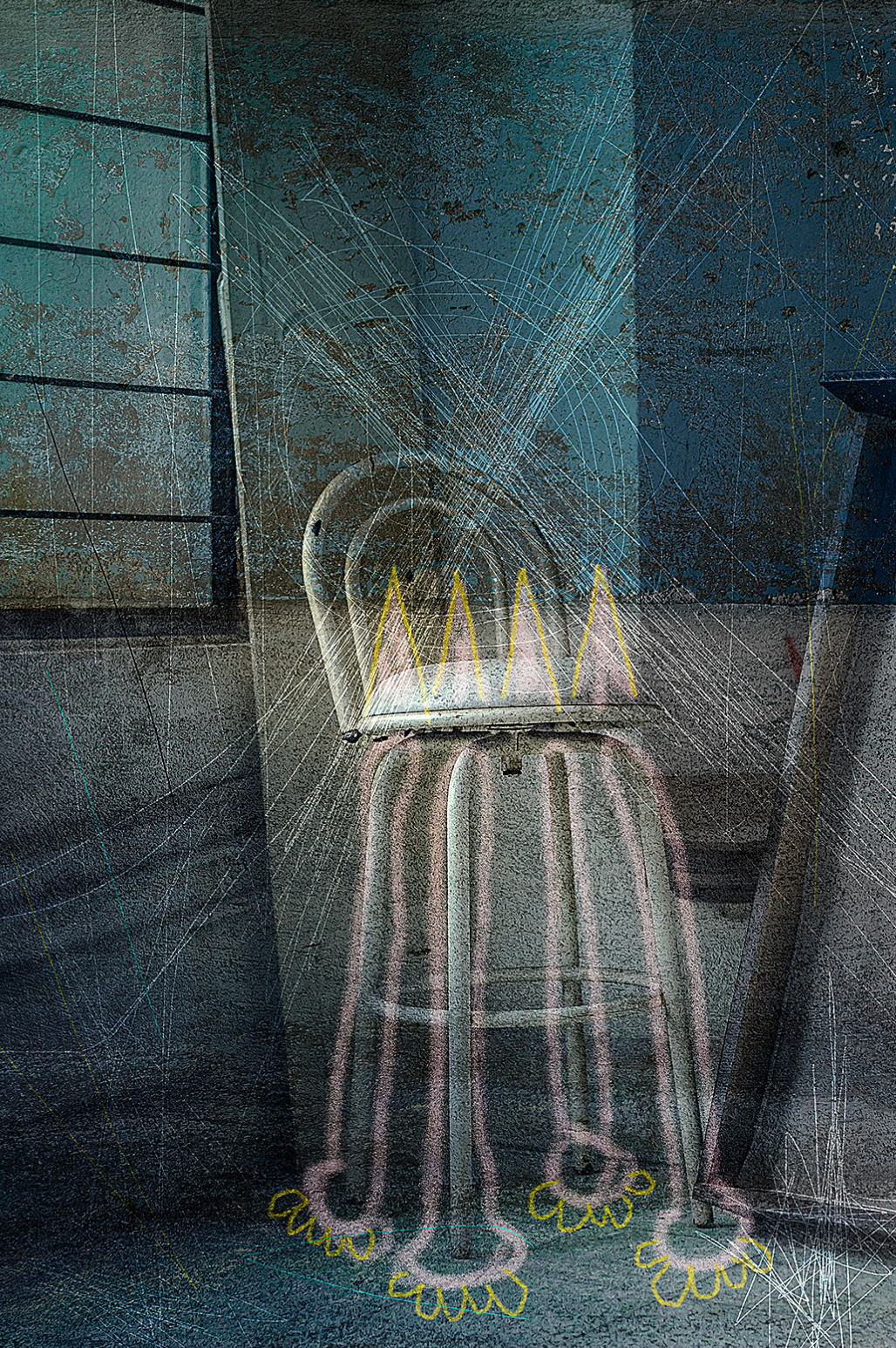
Transfiguración, 2020 © Arthur Mora 2020
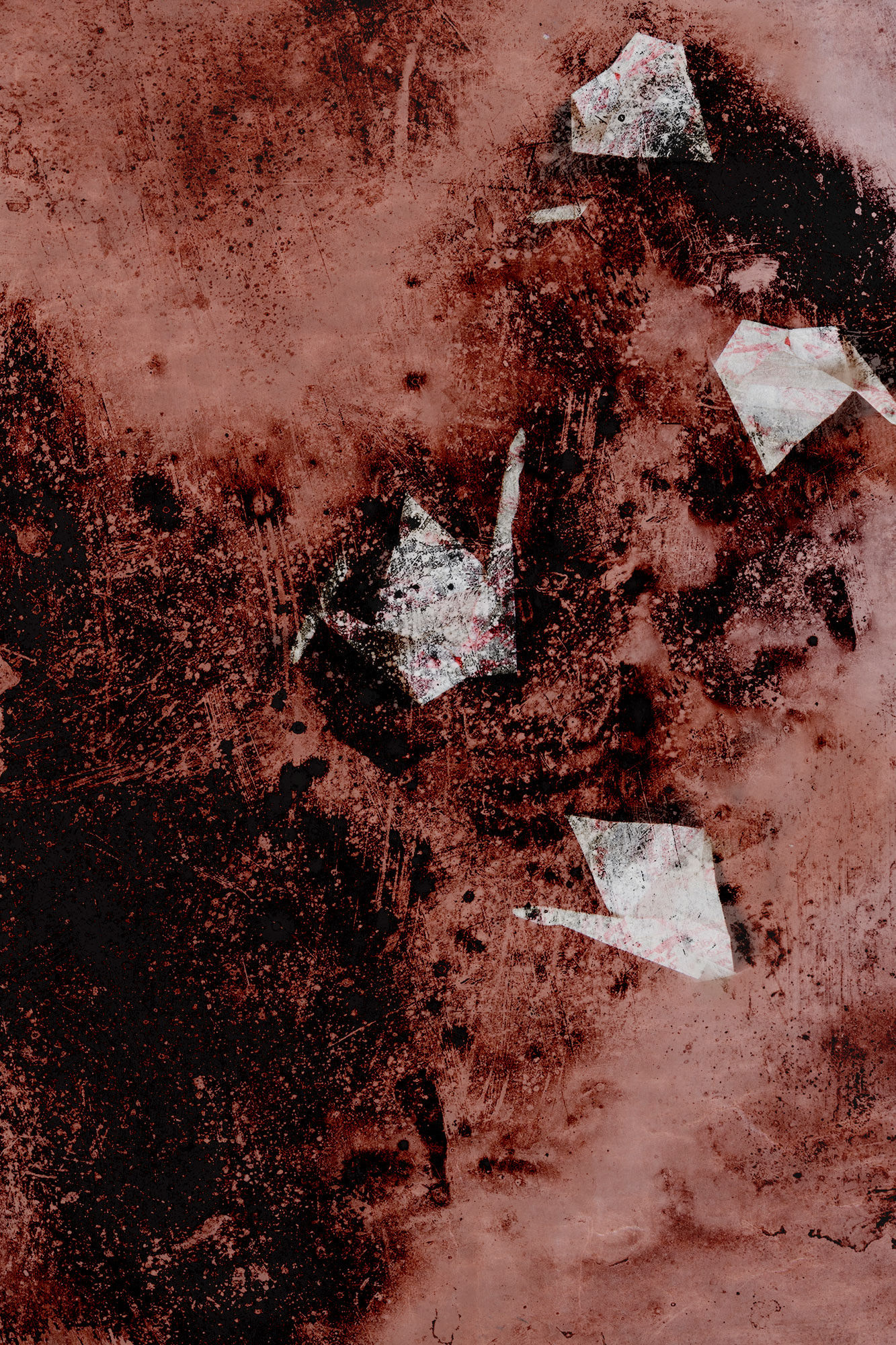
Transfiguración, 2020 © Arthur Mora 2020

Transfiguración, 2020 © Arthur Mora 2020

Transfiguración, 2020 © Arthur Mora 2020

Transfiguración, 2020 © Arthur Mora 2020
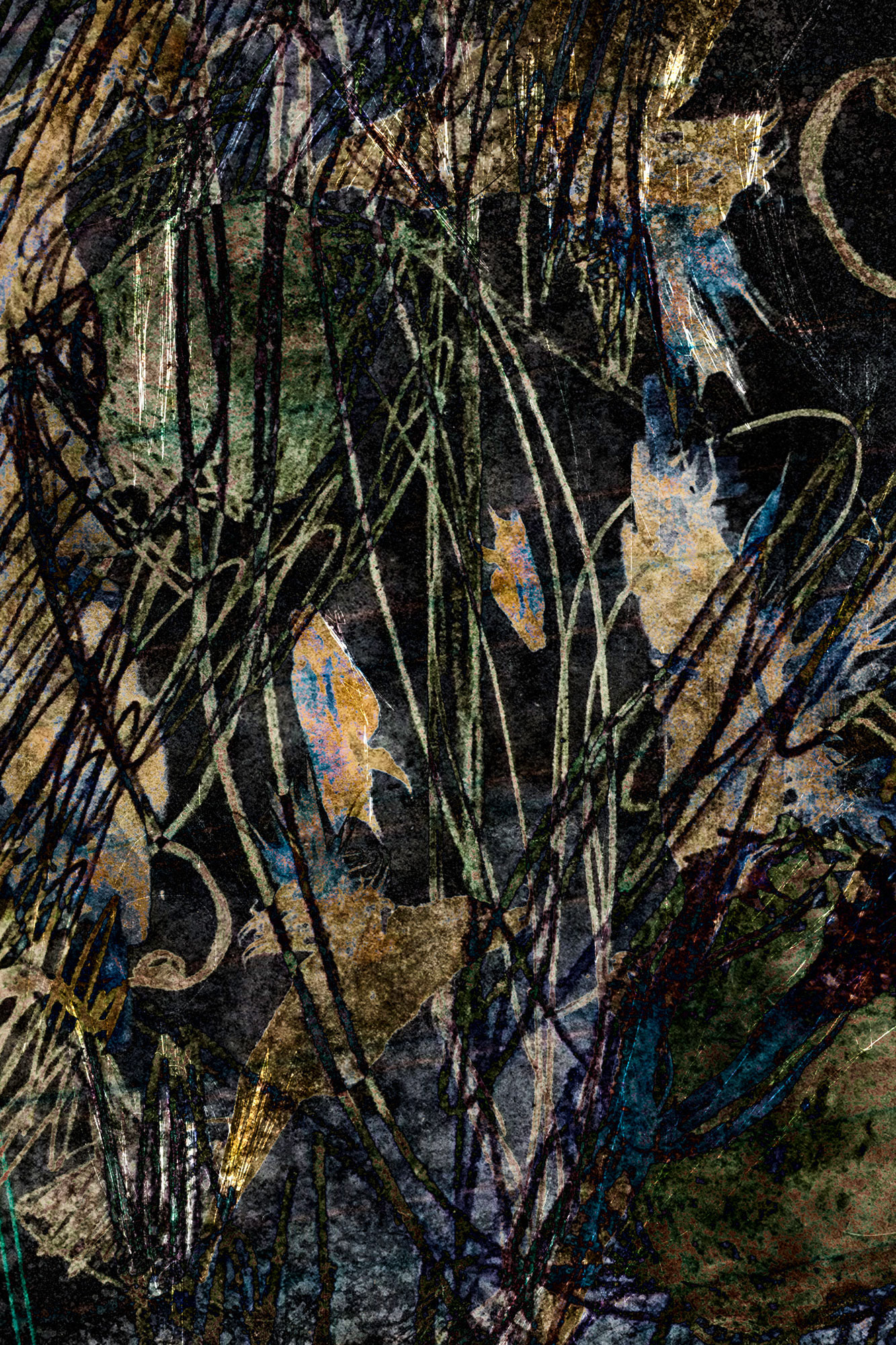
Transfiguración, 2020 © Arthur Mora 2020


